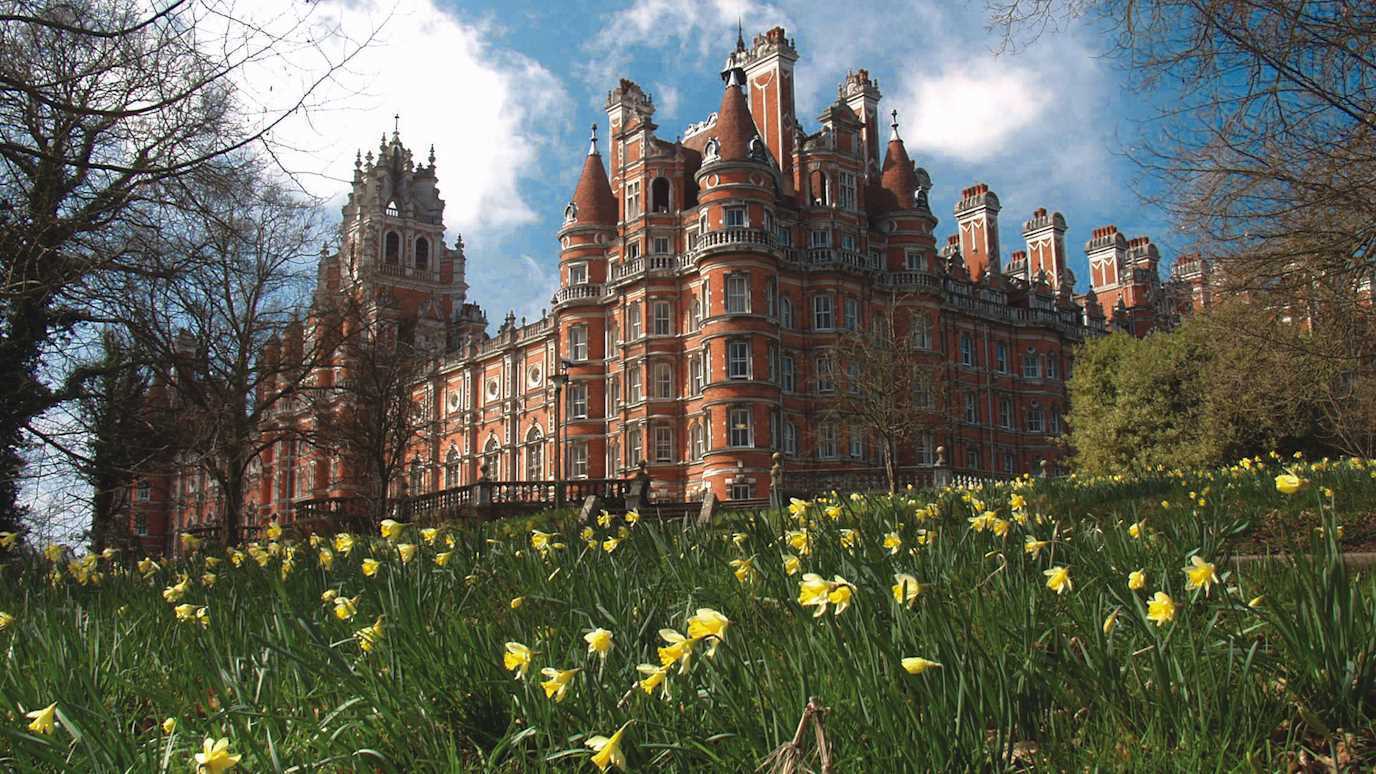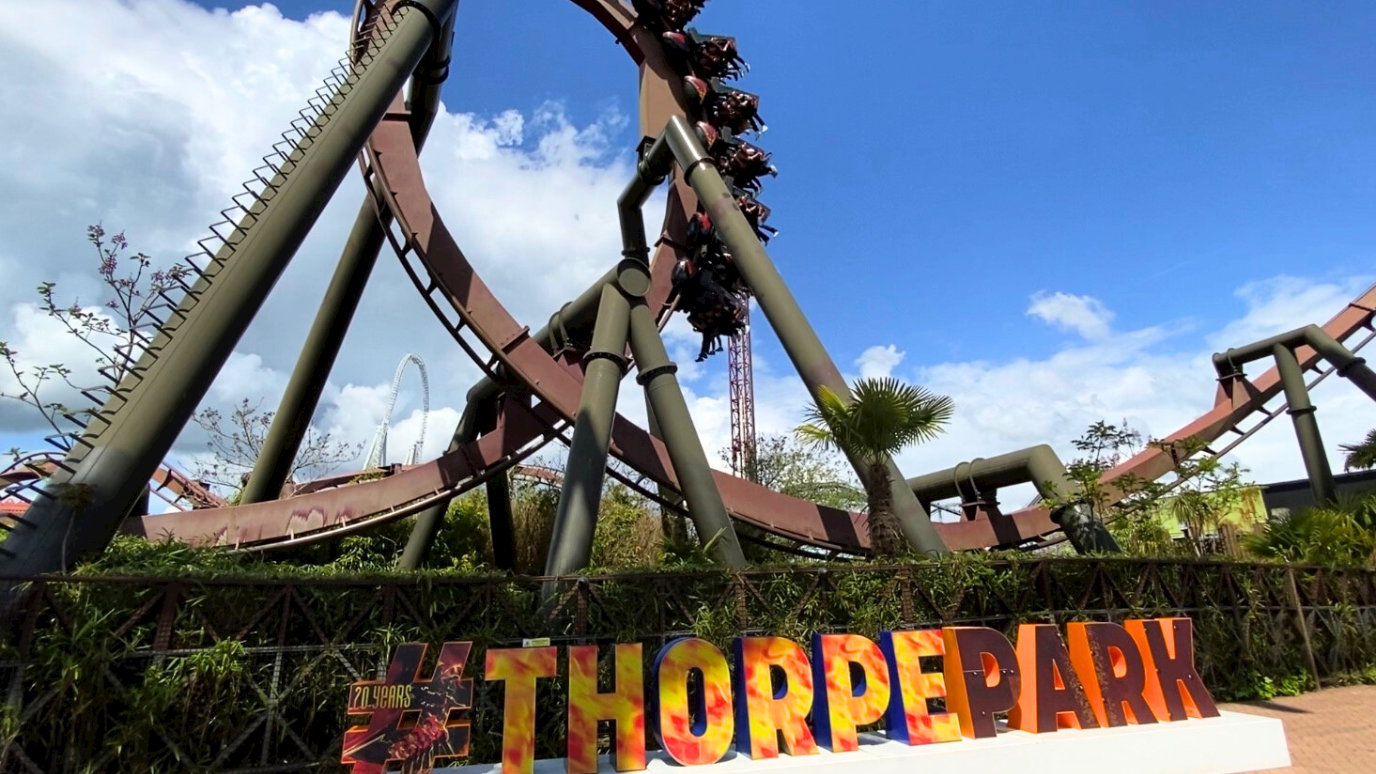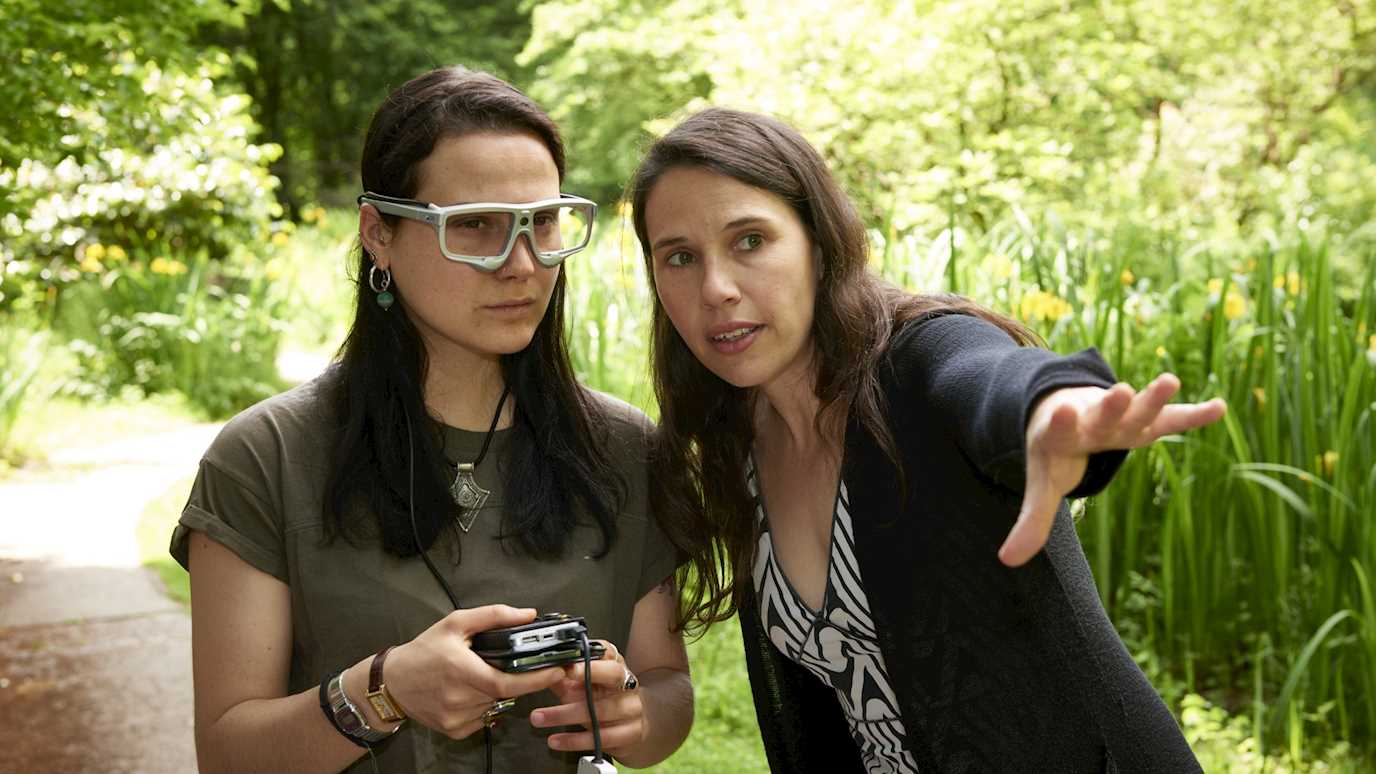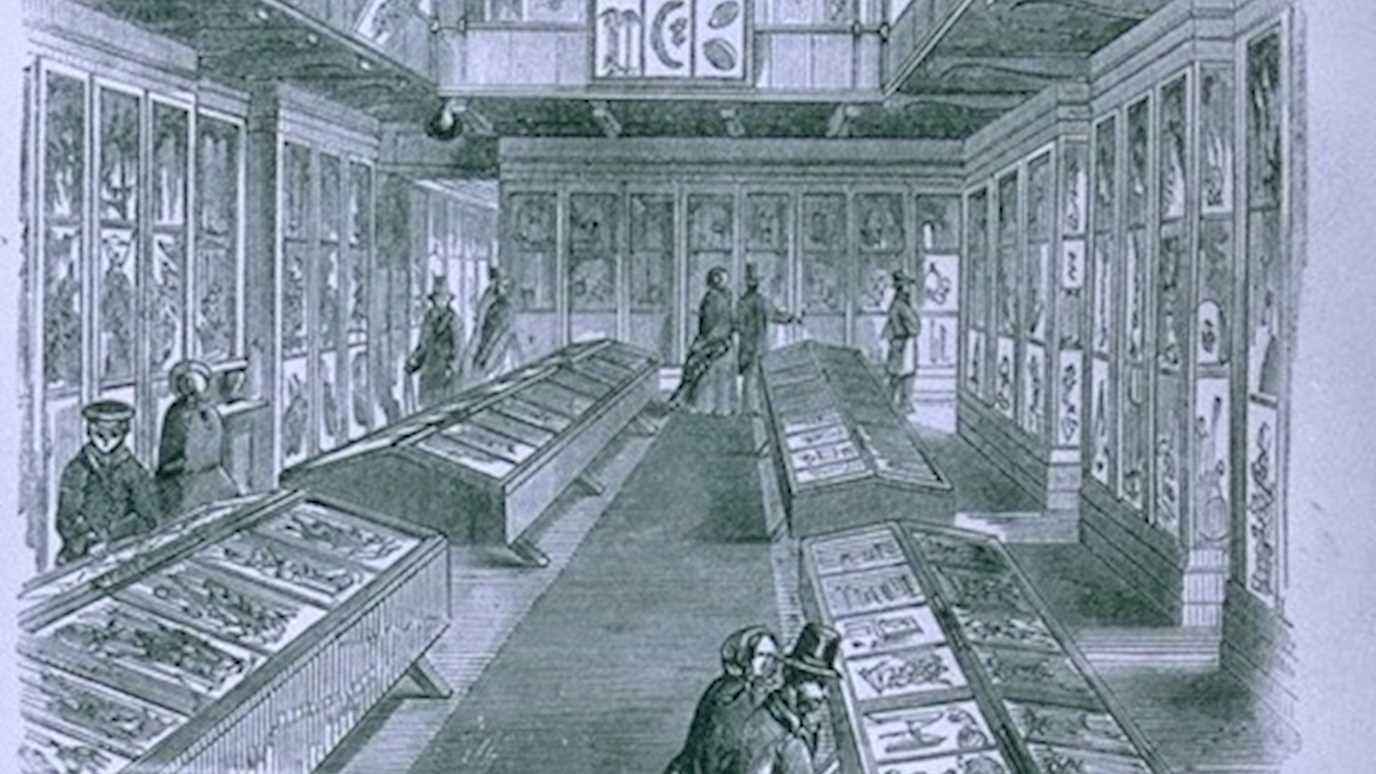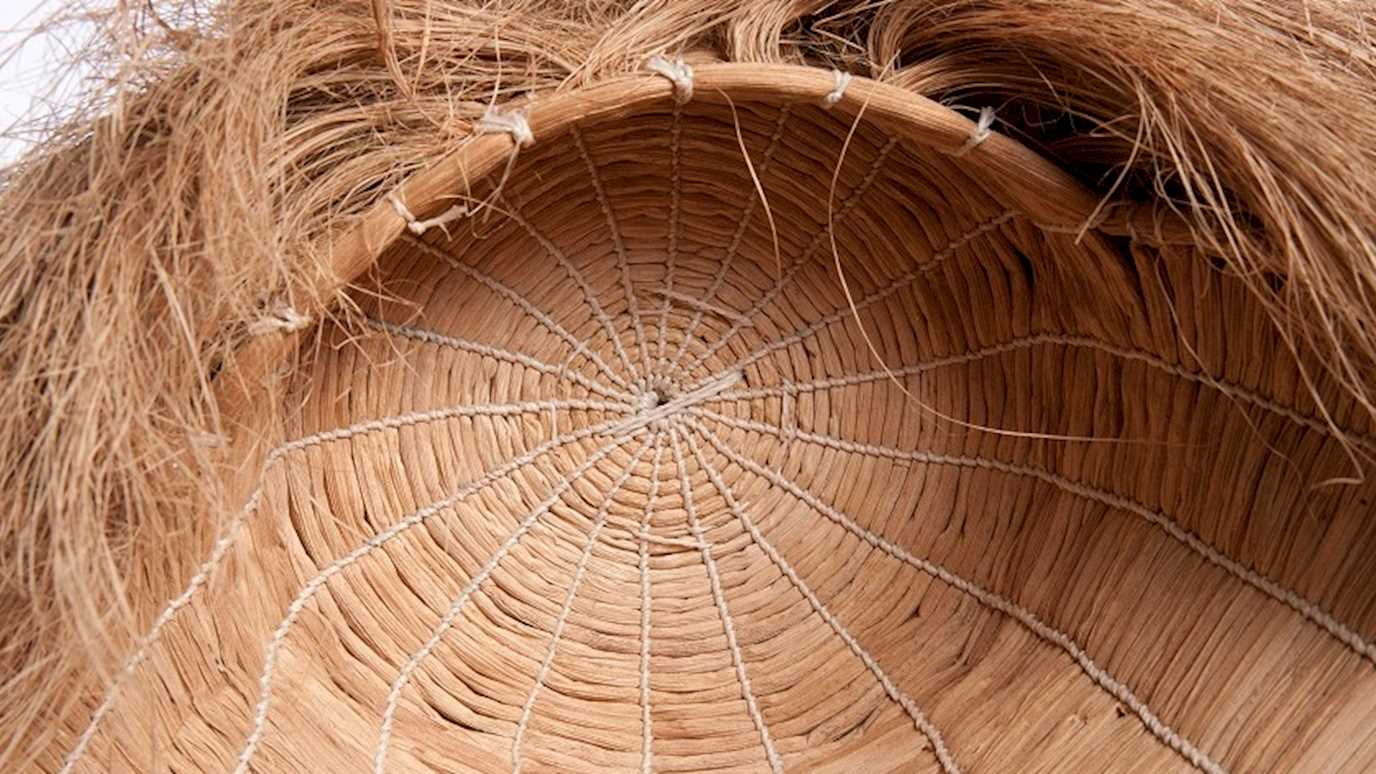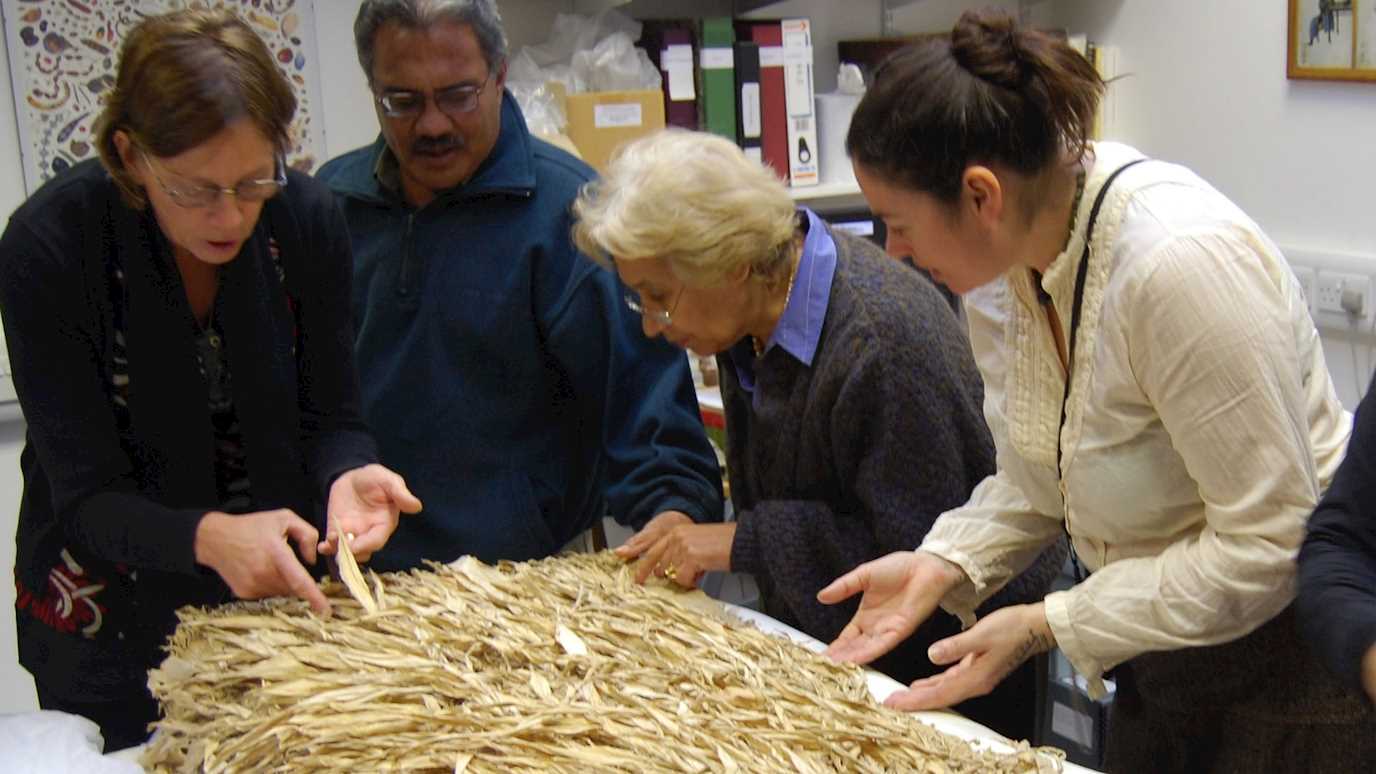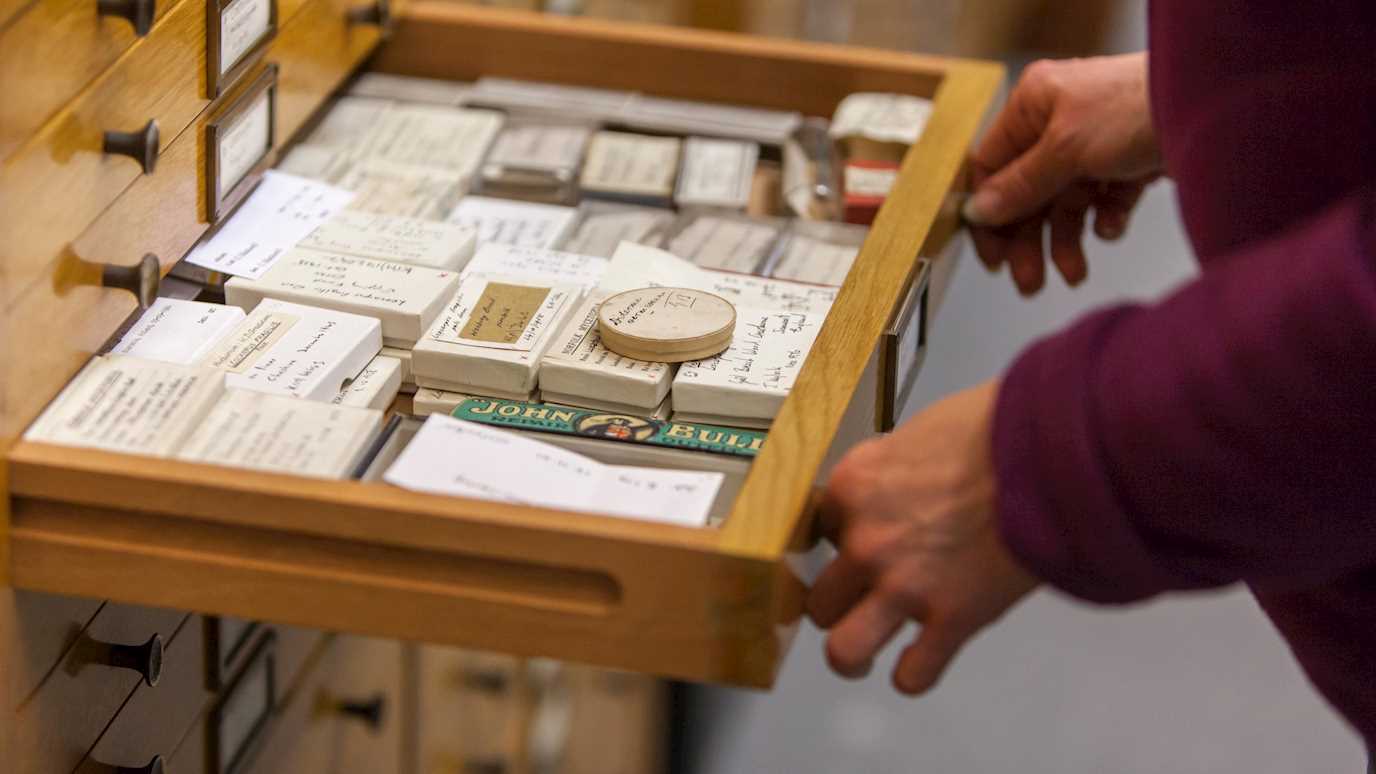Felix Driver
Principal Investigator
Felix Driver is an historical geographer who has led a series of collections-based research projects in partnership with museums and visual artists. He has previously undertaken research on the visual culture of exploration, geography and empire, and imperial cities. He has supervised other collaborative projects with the British Library, the Science Museum, the V&A, the Natural History Museum and the Royal Geographical Society. He is an Honorary Research Associate at Kew Gardens and Chair of the Collections Advisory Group at the Royal Geographical Society.
Read more about Felix here
Mark Nesbitt
Co-Investigator
Mark Nesbitt is Curator of the Economic Botany Collection at the Royal Botanic Gardens, Kew. Originally trained as an archaeobotanist at the Institute of Archaeology, Mark worked for many years in Turkey and maintains an interest in Near Eastern agriculture and domestication. His main research now is at the intersection of nineteenth century empire, botany and museums. Mark's other varied research interests include: the history, curation and future of economic botany collections; plant fibres (including paper and barkcloth), materia medica and other commodities in the British Empire; and ethnobotany - he is joint co-ordinator of the Kew/University of Kent MSc in Ethnobotany and Visiting Professor in the Geography Department at Royal Holloway.
Read more about Mark here
Caroline Cornish
Principal Researcher
Caroline Cornish is a Research Fellow in the Department of Geography at Royal Holloway, University of London, and an Honorary Research Associate at Kew. Her doctoral research was centred on the history of the Museum of Economic Botany at Kew Gardens and produced the thesis, Curating Science in an Age of Empire: Kew's Museum of Economic Botany, from which originated the impetus behind the Mobile Museum project. She has previously worked in museums and her broader research interests include museum histories and geographies; collections and objects; imperial networks; histories of science, particularly botany, ethnobotany and anthropology.
Read more about Caroline here
Harriet Gendall
Project Officer
Harriet Gendall has a keen fascination for all things ethnobotanical. While working on the Mobile Museum project, she was based at Kew and had responsibility for coordinating aspects of the research and learning strands of the project, as well as managing the conference and project communications. She has an interdisciplinary research background in ethnobotany and agricultural development, specifically in relation to crop conservation in the Peruvian Andes, and is currently undertaking a PhD at the University of Kent.
James Morley
Project Officer (Digital)
James Morley started working at Kew in 1993, initially working within Economic Botany and then on the development of Kew’s website. Having taken a five year ‘break’ from Kew - during which he worked for Europeana, the EU digital platform for cultural heritage, and more recently on collections and crowdsourcing data projects for the Imperial War Museum – James is now applying his experience in handling, improving and delivering cultural heritage data within the Mobile Museum project. He has a particular interest in open data, enrichment and visualisations. Examples of his previous work can be found here.
Laura Newman
Post Doctoral Research Assistant
Laura Newman’s research for the project concerned the pedagogical uses of economic botany specimens in British schools and its relationship to wider developments in education, from nature study to object-based learning. Before joining the Mobile Museum project, she completed AHRC- funded collaborative doctoral award at the Science Museum and King’s College London, looking at occupational histories of infection control from 1880 to 1940. She has also worked and researched in a number of museums, as well as acting as a historical consultant on a variety of projects relating to the history of science and medicine.
Lucy Ribeiro
Education Project Officer
Lucy Ribeiro and the Kew Learning team managed the learning strand of the Mobile Museum project, working with two London primary schools to develop a new approach to object-based learning about plants. This culminated in July 2019 with two exhibitions co-curated by the pupils themselves. Lucy has twenty years’ experience working within the cultural and health care sectors, including positions at the National Portrait Gallery, the V&A Museum and the St George’s University NHS Foundation Trust. She is also a practising artist and teaches at the Royal Academy of Arts.


